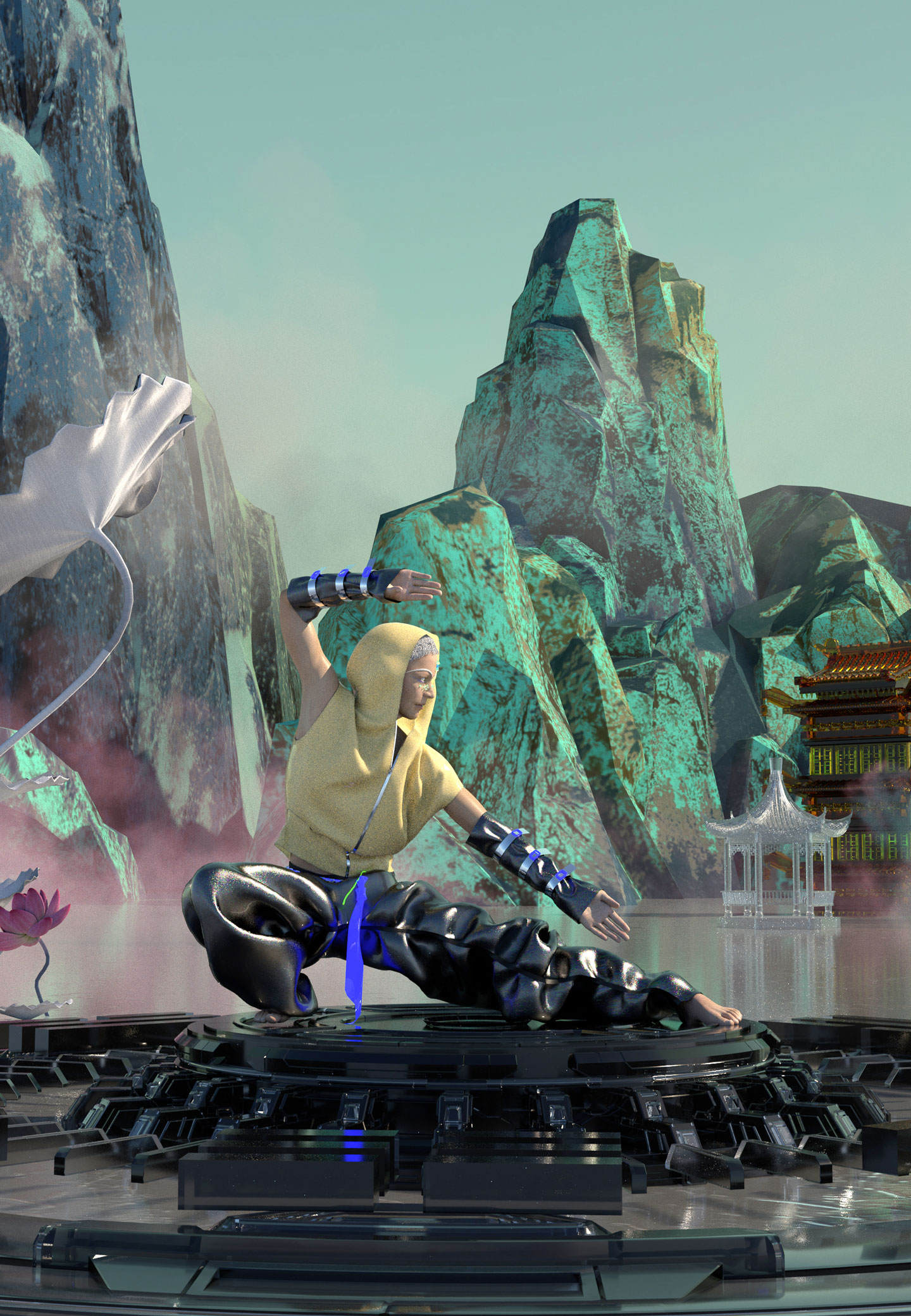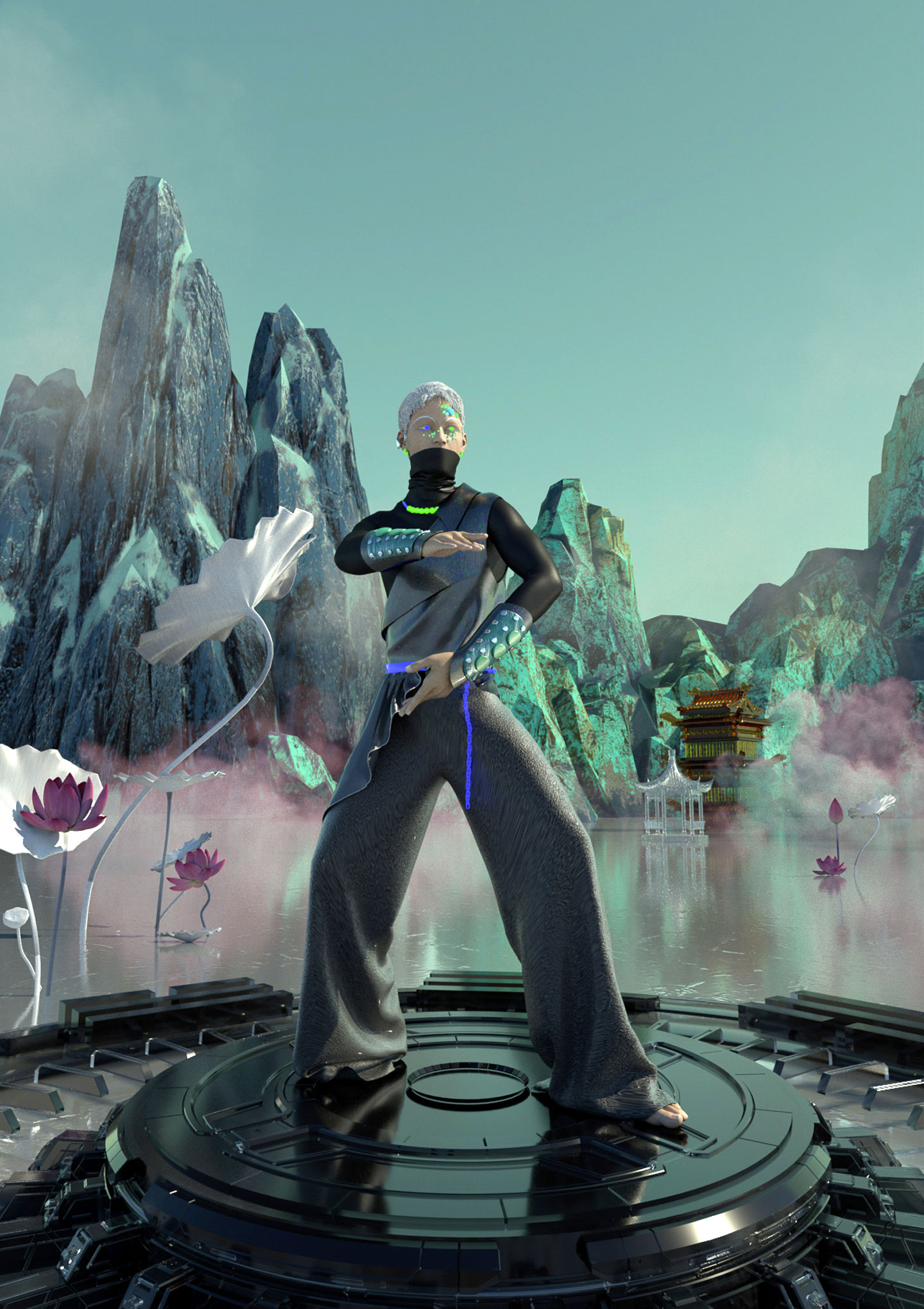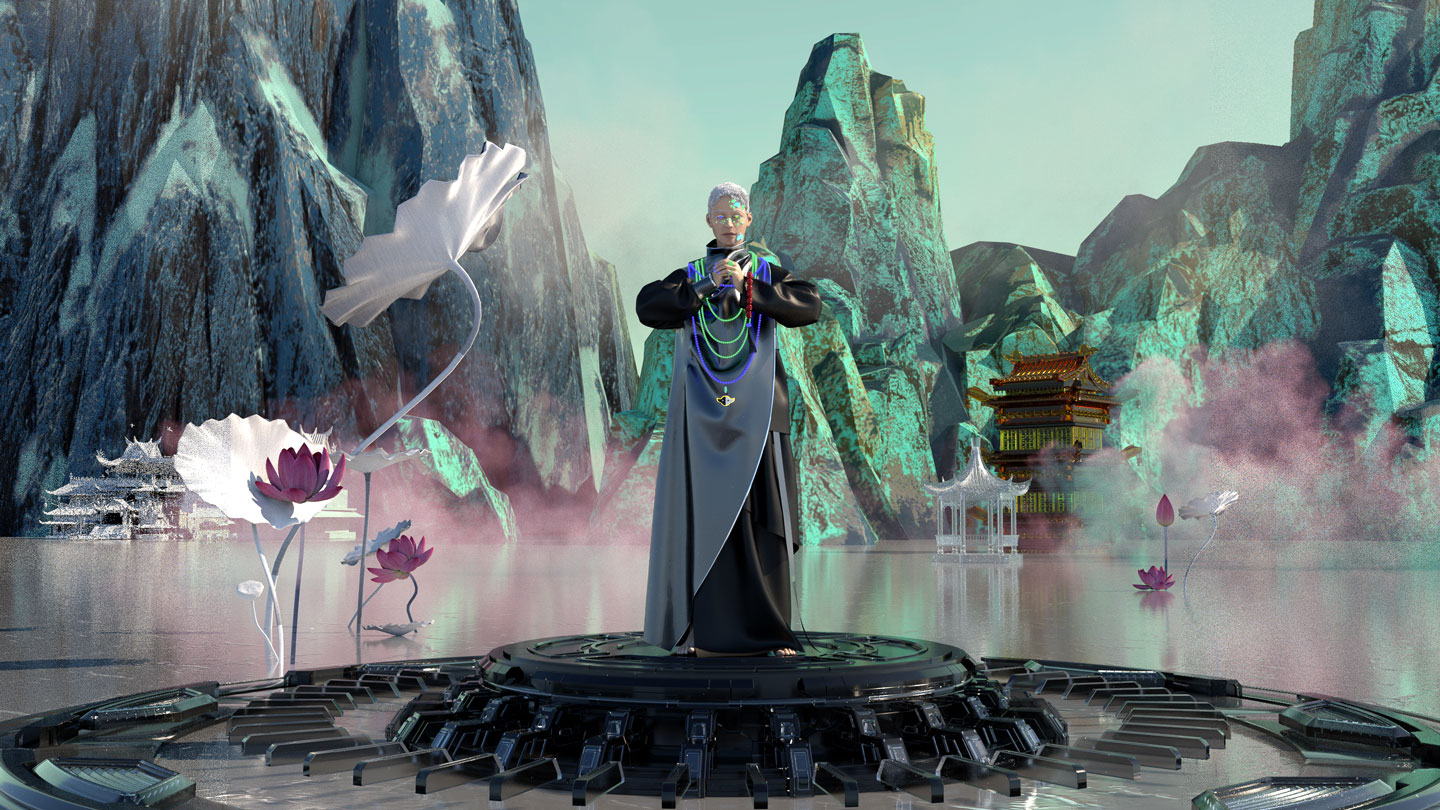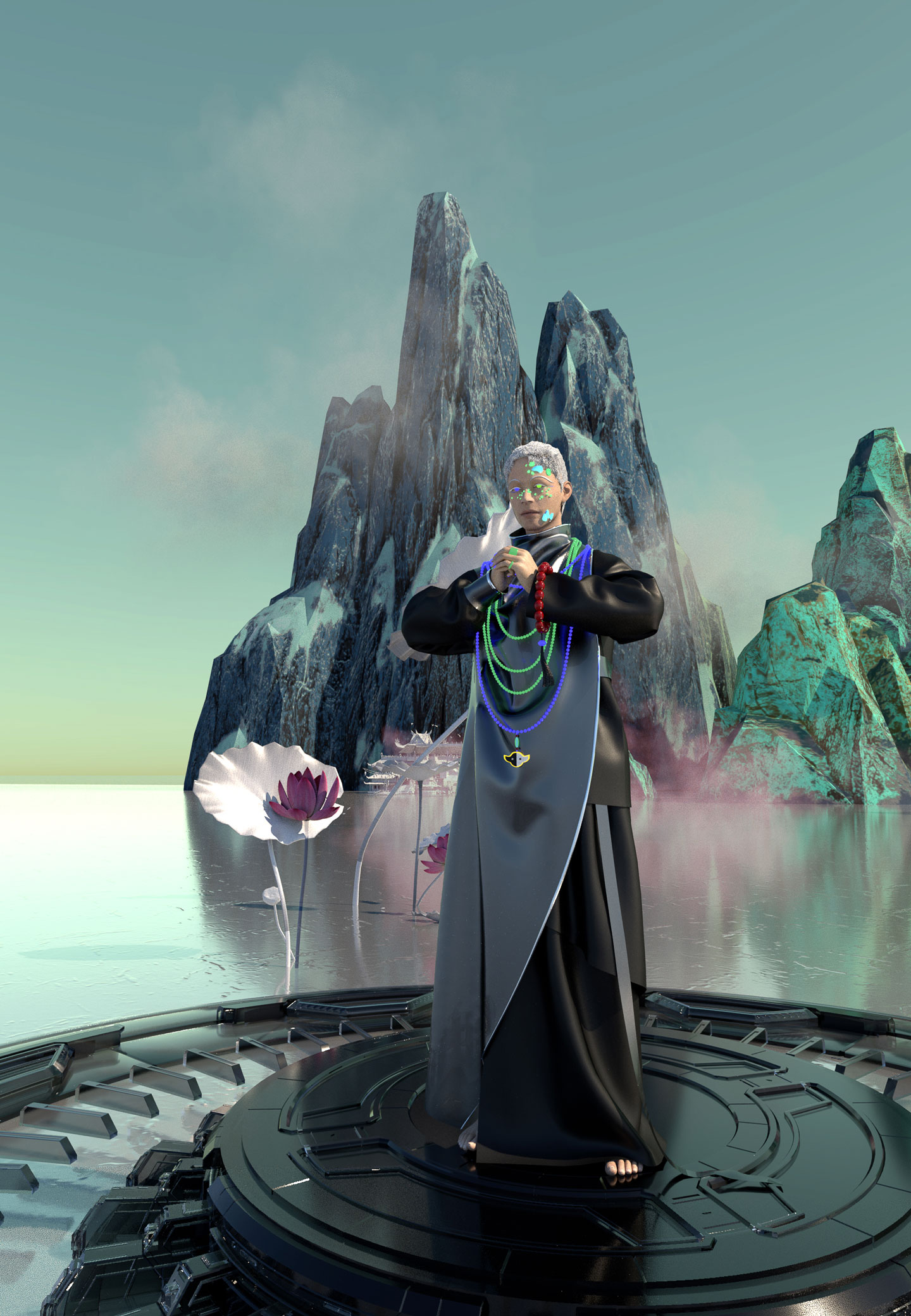It’s a fact: fashion designers traditionally create products that have an intimate relationship with the user. Clothing manipulates how the world sees us or how we think the world sees us. Our bodies have constant sensory conversations with the garments we wear, and subconscious negotiations about movement can turn into genuine frustration as we demand even more comfort and flexibility from modern fashion. Most wearable tech seems to struggle as it doesn’t consider our emotional responses to objects integrated into our bodies.
Developing the right instincts to handle the great number of decisions needed to design a fashion collection takes time and physical and mental training. As a design teacher, I encourage my students to work on physical sketchbooks and get close to textiles and clothes every step of the way. However, this does not mean excluding digital tools since they are becoming an integral part of the creative process, regardless of the analogue or digital format of the final product.

Creative direction and styling: Fan Xin Yu, Fashion Styling student at Istituto Marangoni Shanghai; 3D Artist: Wang Danmeng
We can split creative tools into three categories: the 2D, 3D and 4D analogue tools, virtual tools and people’s brains. All types are valuable, taking up their own space but also overlapping in a somewhat chaotic way. Students should test this method menu as much as possible to create their own extensions without obsessing over a single approach. Skilled creative problem-solvers have a fluid attitude, the ability to use a vast arsenal of tools, and a systematic way of questioning everything; they also enjoy playing mentally with challenging problems. Therefore, digital tools can and should be part of this arsenal and here are some ways that can be true.
Fashion design software programs seen as a virtual mirror of the analogue
Developments in 3D rendering enable us to work digitally on problems usually reserved for the cut&make stage of the process. Designing a coat or a skirt with CLO3D or Blender (two of the 3D fashion design software platforms creating virtual, true-to-life garment visualisation with cutting-edge simulation technologies) cannot in any way replace the analogue piece of clothing. Yet, working with this 3D software can help develop 360˚ projects with greater flexibility.

Creative direction and styling: Fan Xin Yu, Fashion Styling student at Istituto Marangoni Shanghai; 3D Artist: Wang Danmeng
Fabric and drape simulation can digitally test material choices, and flat cut patterns can be visualised on the virtually rendered body in a few minutes. In this way, the programme is a tool for designers to jump back and forth between different stages of design and simultaneously analyse solutions from various perspectives.
There are new options for designers interested in zero-waste cutting methods, as they can instantly create simulations in various materials and implement empirical design development without waste or delay. Clearly, this represents a way in which sustainability can be part of the design process and an opportunity to improve design itself at the same time.
Digital tools are not augmenting just reality but the fashion creative in a free design investigation through “play”
If the digital camera has been the trigger that made us happier photographers, digital design tools now enable the designer to “play” with ideas. It may not sound like a purposeful way of working, but let’s remember the value of “play” and the power of a loosely controlled development flow: when our brain is relaxed, we feel in the zone and engaged, that is definitely the ideal state to come up with out-of-the-box ideas and to nurture and develop them further while working on them. So, let the ideas spring up, record the process and then collect the designs for further development.
How technology can help as an idea multiplier
Very few people can imagine exact hues of colour or perfectly proportioned shapes, so we test and visualise multiple options at a high rate during the development process. Digital tools offer a real plus here, as we can instantly visualise colours, textures and prints and compile the best options faster, considering more choices. We can create whole catalogues of ideas, work in precise colour systems and manipulate parameters until everything about a collection falls into place.

Creative direction and styling: Fan Xin Yu, Fashion Styling student at Istituto Marangoni Shanghai; 3D Artist: Wang Danmeng
Digital alteration through image-editing programs, from tool to art: the rise of the so-called filter artists
Since the days of the Dada art movement, collage has been a subversive tool to juxtapose and destabilise established ideas. Creative programs such as Photoshop have taken collage to new levels and opened up digital creation to a different breed of artists. Some digital artists refer to themselves as “filter artists” and use collage, layering and render manipulation as their primary tools. These tools help create experimental outcomes as the collaged elements are overlapped, which wouldn’t be possible in the analogue world.
Analog-digital-analogue development loops to create process spirals jumping between the physical workspace and simulation environments
Real textile drapes can be photographed, digitally manipulated and then draped again. Both the virtual and tangible environments offer different degrees of freedom and unique perspectives in design development. The analogue-digital-analogue development loops can create process spirals that constantly jump between the physical 2D and 3D workspace and the 2D and 3D digital environments; this process not only helps improve ideas but also keeps the process fresh and engaging.

Creative direction and styling: Fan Xin Yu, Fashion Styling student at Istituto Marangoni Shanghai; 3D Artist: Wang Danmeng
Reducing gender bias and promoting inclusivity through the free arena of avatarisation
As conversations about gender slowly catch up with biological complexities hidden in plain sight, here we benefit from a bias-free environment. The fact that we can get away with anything in the digital realm loosens the brakes of traditionalists and supposed commercial drivers. It allows for fashion development that opens new doors rather than feeding existing markets. The digital fashion we see today is quite far removed from gender identity politics and social norms. What remains to be seen is the cultural impact this will have.
The above examples are by no means a definitive list of methods but provide an overview of digital tools that open new doors in the long corridor of creativity. Creativity is a conversation, a reaction and a counter-reaction, a process of demolition and reconstruction. Define this as you wish, one thing is for sure – creative thinking is always progressive and benefits from expanding the work matrix. Digital tools are neither “lazy” nor arbitrary, and we would do well to remember their effect on forming ideas.

